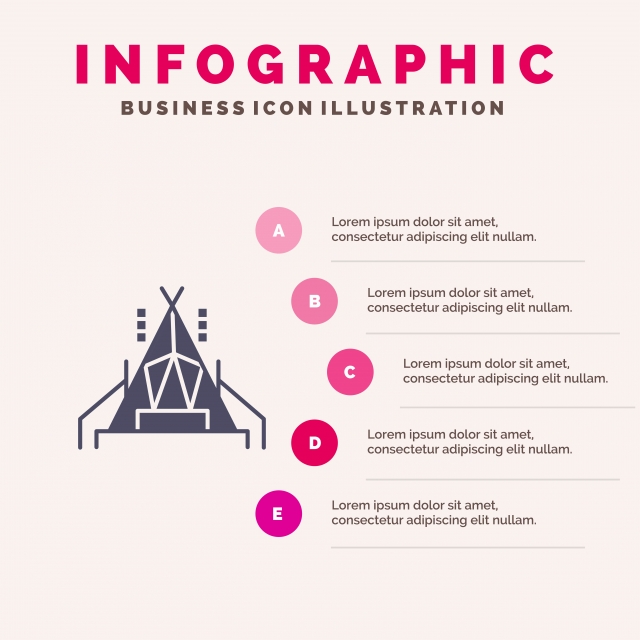While both deal toughness in different atmospheres, it's important to identify which sort of insulation will certainly ideal offer your needs. The insulation you select effects heat, weight, water resistance, compressibility and price.
Down is gathered from waterfowl, usually ducks or geese. It is valued for its agility, simple compression and insulating buildings. Nevertheless, down ends up being much less efficient when wet.
Warmth-to-Weight
A high warmth-to-weight proportion is preferred in outdoor garments and gear. The shielding homes of down feathers make them a terrific alternative for this function, as they are exceptionally warm and light-weight.
However, down loses its insulating abilities when it splashes, suggesting it requires to be paired with a waterproof shell. In addition, some individuals dislike down, making synthetic coats a much better choice for them.
Artificial insulations are commonly made from recycled polyester and made to simulate down's protecting residential or commercial properties. They are not as light-weight as down, yet they do not shed their insulating abilities when they splash and dry faster than down. They are additionally more budget friendly than down. However, their life expectancy is much shorter than down, resulting in higher upkeep and substitute costs.
Water Resistance
The insulation you select for your job jacket will make a huge distinction in how comfortable you feel outdoors. Nonetheless, the sort of insulation you select also has considerable effects for your sustainability goals.
Down is an outstanding insulator for a variety of factors. It's lightweight, compressible, and provides a great warmth-to-weight proportion. Nonetheless, it doesn't fare well when it gets wet. Down globs up and sheds its loft space when wet, which can substantially lower its ability to trap warmth.
Synthetic insulation products, such as Thinsulate and Primaloft, stand up much better against wet conditions. They normally have a limited weave or chemical coating that keeps water from permeating the fabric. This enables the insulation to stay breathable, even if damp. It deserves noting that synthetics can also be unpleasant when wet, however they maintain their protecting buildings.
Compressibility
While goose down does have a superior warmth-to-weight ratio, synthetic insulation carries out likewise. Nonetheless, unlike down which soaks up and sheds its shielding capacities when damp, artificial insulation does not. Therefore, it can maintain its loft space and catch cozy air in damp problems.
Usually made from polyester sheets or collections that resemble down, one of the most typical artificial insulation brand names consist of PrimaLoft, FullRange, Thermoball and Patagonia's PlumaFill. While it still can not match down's loftiness and warmth-to-weight, artificial jackets are lightweight, quick to dry and more economical than down. This makes artificial jackets best for wet atmospheres, or if you're prone to sweating heavily. Synthetic coats are additionally much less fragile than down and can lose. This toughness reaches their face materials which are normally thicker and much more resilient than down.
Resilience
A major consideration in sustainability is a material's long life and longevity. All-natural materials like cork, ThermaCork expanded cork and Havelock wool last longer than artificial choices like fiberglass and vinyl. They also call for much less maintenance and can endure harsh ecological problems.
Nevertheless, natural insulation does not do also when wet as artificial options. Wool and fleece clump with each other when damp, jeopardizing their ability to trap warmth. Synthetic insulation, on the other hand, does not absorb dampness and continues to protect also when saturated.
This makes artificial insulation perfect for wet climates and laborious activities where you might sweat greatly. It's likewise easier to clean and dries out faster than down. This added durability and integrity make artificial insulation an overall winner in this category. This equates to durable protected job boots that last lengthy and maintain you heat with demanding atmospheres.
Sustainability
Natural materials supply biodegradability and a smaller sized environmental footprint, while artificial alternatives brag toughness and ingenious applications that support power effectiveness. However, it is essential to recognize real environmental impact of these insulation products from cradle-to-grave.
For example, if a natural insulation material has to travel a far away from its resource to the structure website, transportation-related exhausts raise its total carbon footprint. Choosing in your area sourced and recycled items decreases that impact. And, opting for GREENGUARD and Cradle to Cradle certifications ensures that insulation is free of volatile organic compounds (VOCs) and sustains liable sourcing and labor conditions.
Sheep's wool and canvas tote cork are renewable insulation resources that are gathered without harming the tree or plant. Both have the added benefit of being normally immune to mold and mildew, parasites and dampness.
